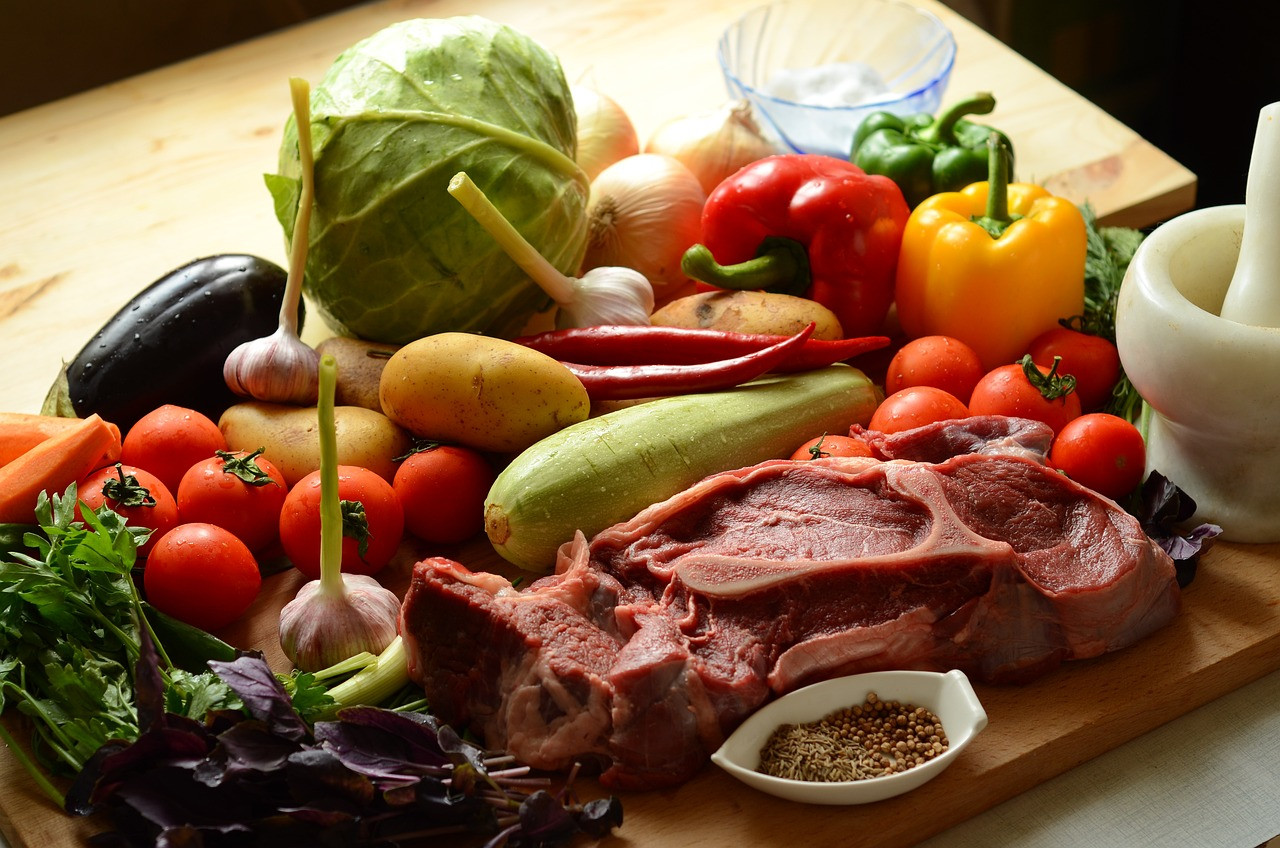
You may have heard about Whole30. It has become pretty popular since its beginning in 2009. My husband and I decided to try it to reset after the holidays. Sugary and starchy foods are all too common from November until January, and our bodies can begin to crave them. We decided to nip that in the bud and do a complete reset in January to start the new year off right.
Here is my experience.
What Is the Whole30 Diet?
Whole30 is an elimination diet where you remove certain food groups from your diet for a period of 30 days. It emphasizes whole, unprocessed, nutrient-rich foods and eliminates foods that commonly cause inflammation or allergic reactions.
The foods eliminated include grains, dairy, legumes, sugar, alcohol, and processed foods.
After the 30 days of eliminating food groups, you reintroduce them one at a time, paying attention to your body to see if you have sensitivities to any of them.
What Am I Allowed to Eat on Whole30?
Technically, you're allowed to eat anything outside of the eliminated groups. Our meals consisted mostly of beef or chicken along with potatoes or sweet potatoes, other veggies, and occasional fruits.
I ate a lot of burgers because they're easy to make and are good protein. Obviously, they looked a little different than your typical burger because so many of the usual components are eliminated. I would fry a beef patty with seasoning – usually pink Himalayan salt, black pepper, garlic powder, and paprika – saute some onions and sometimes bacon to put on top, and add mustard and some mock ketchup – homemade sugar-free salsa with a splash of apple cider vinegar and spices added. Alongside, I would have some thin-sliced fried potatoes, steamed broccoli or peas, and a pear or kiwi.
Another meal we had pretty frequently was stir fry – chicken and whatever veggies were handy – broccoli, carrots, onions, bell pepper, cabbage, etc. This was difficult at first without a sauce, but we discovered that cashew butter, tahini, sesame oil (not necessarily healthy), chili paste, rice vinegar, ginger, and avocado oil made a pretty good homemade sauce.
What Are the Hardest Parts of Whole30?
Our biggest struggle was not being able to eat out. We took two trips to visit family during January, and it was tough to plan and have food along. At one, we ate apples and almond butter while the rest of the family ate pizza.
The other tough part was just cooking burnout. When I don't feel like cooking, one of my go-to quick meals has always been sourdough or sprouted bread toasted with cheddar cheese melted on it. Since both bread and cheese were out, I couldn't do that anymore. A bowl of cereal or oatmeal, while rare, were also quick options that I could no longer fall back on.
My Outcomes
Hard as it was, Whole30 was definitely worth it!
My personal results were a loss of more than 10 pounds and an inch from my bust, two from my waist, and three from my hips.
Beyond that, though, was a retraining of my taste buds. Sweets no longer hold the same appeal they did before. My daily caffeine habit of Bubbl'r now tastes unappealing. Even chocolate lost a lot of appeal.
We also discovered that we struggle to digest gluten – not horribly, but we both definitely have noticeable physical symptoms after eating gluten, especially refined white flour. We'll be able to adjust our lifestyle going forward to reduce that trigger.
Encouragement
When I tell them about Whole30, I hear a lot of people say, "I couldn't do that!" And I want to tell you that I felt exactly the same way!
What I tell people is to try a modified version if the whole program is too intimidating. If you simply can't imagine giving up your glass of milk with meals, do Whole30 only allowing that glass of milk. If you couldn't go without rice, do Whole30 except allowing rice.
It's far better to do a modified version than not try it at all. Maybe you'll like it enough that you'll feel empowered to do the full version next time!






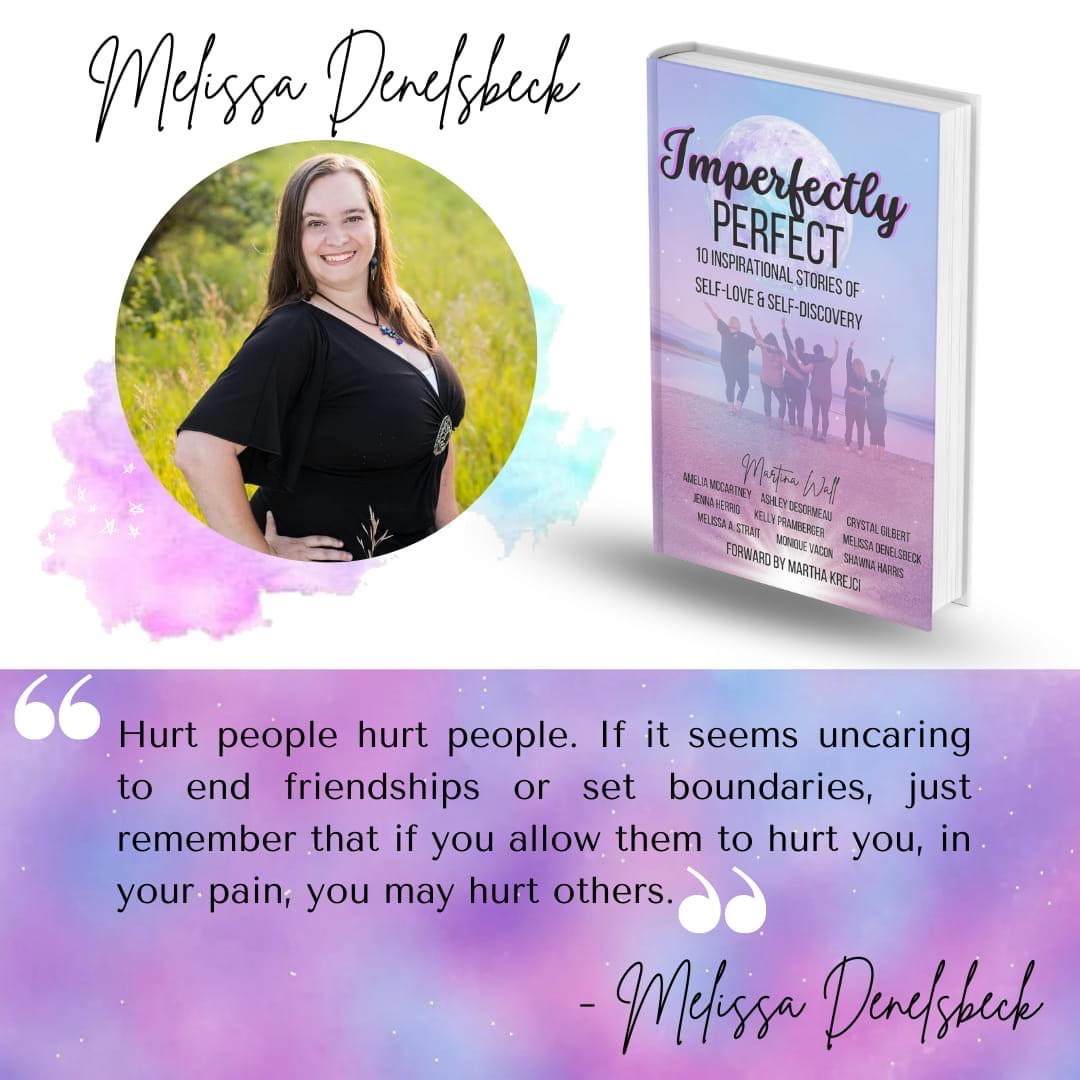
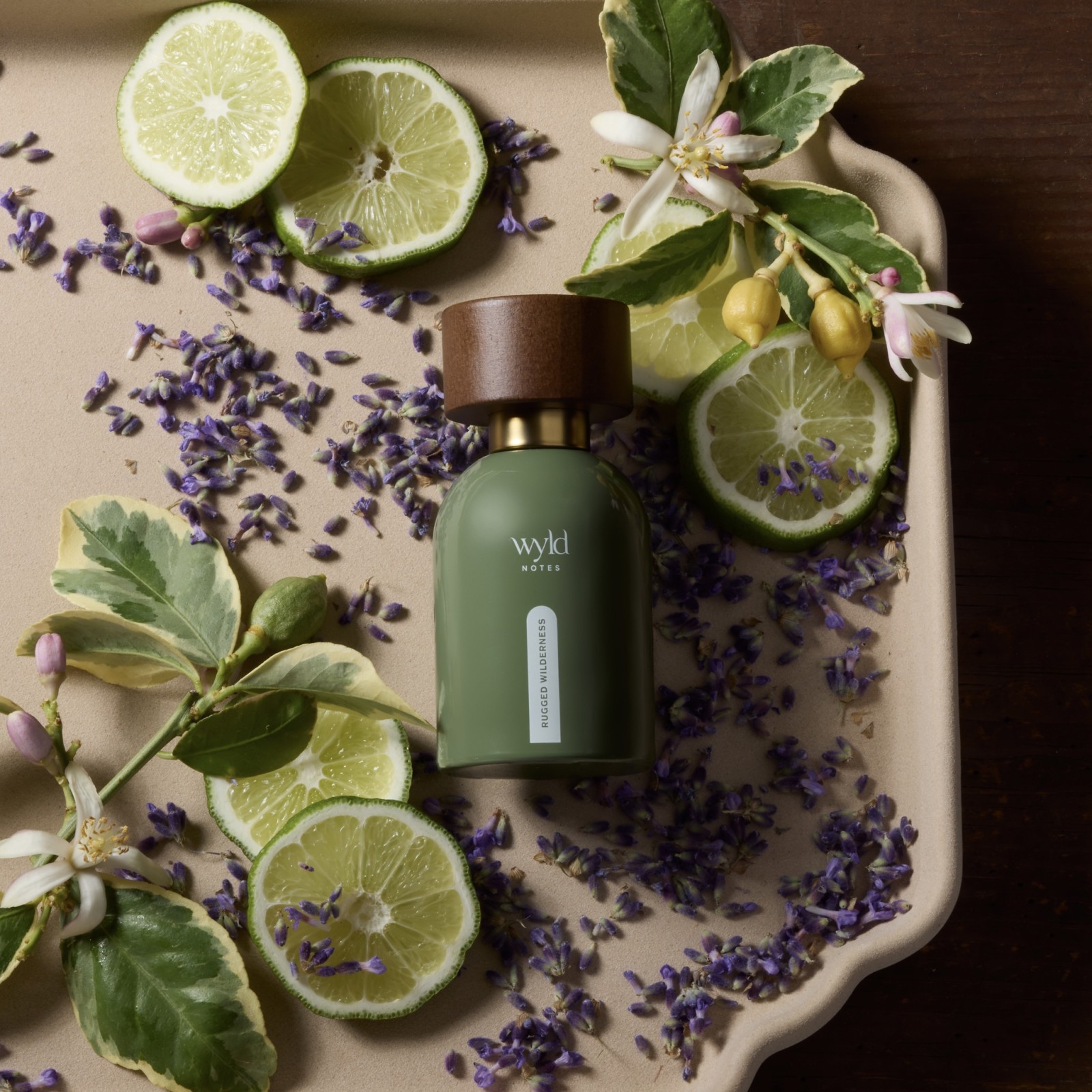
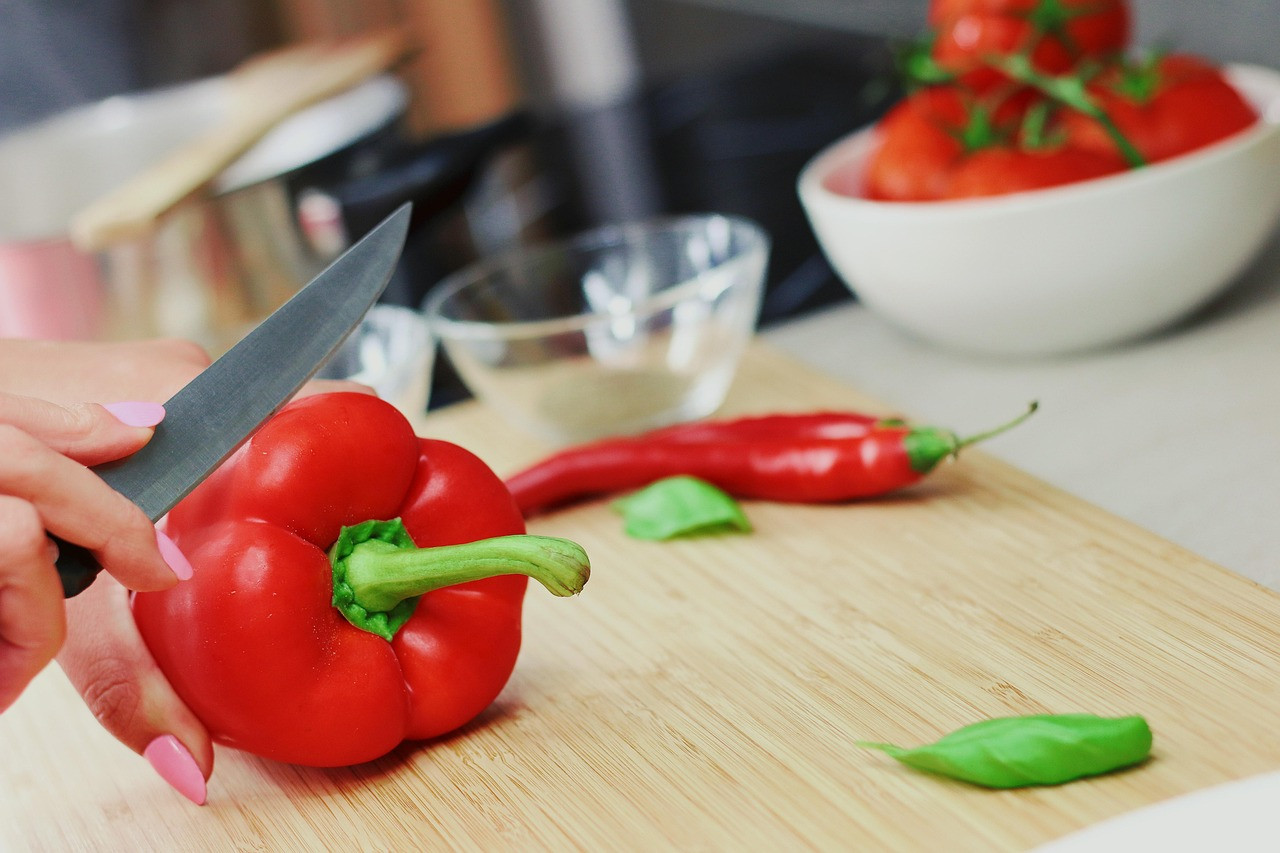
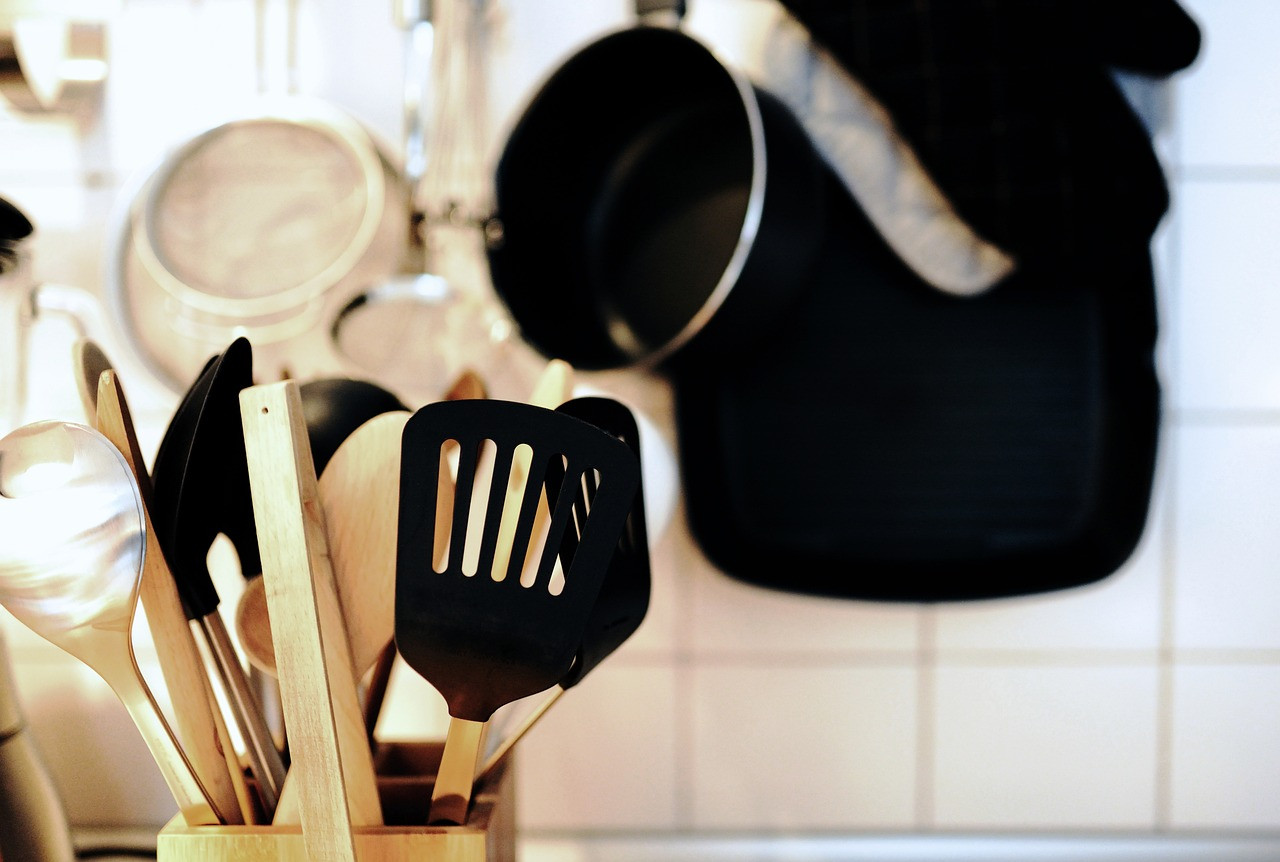
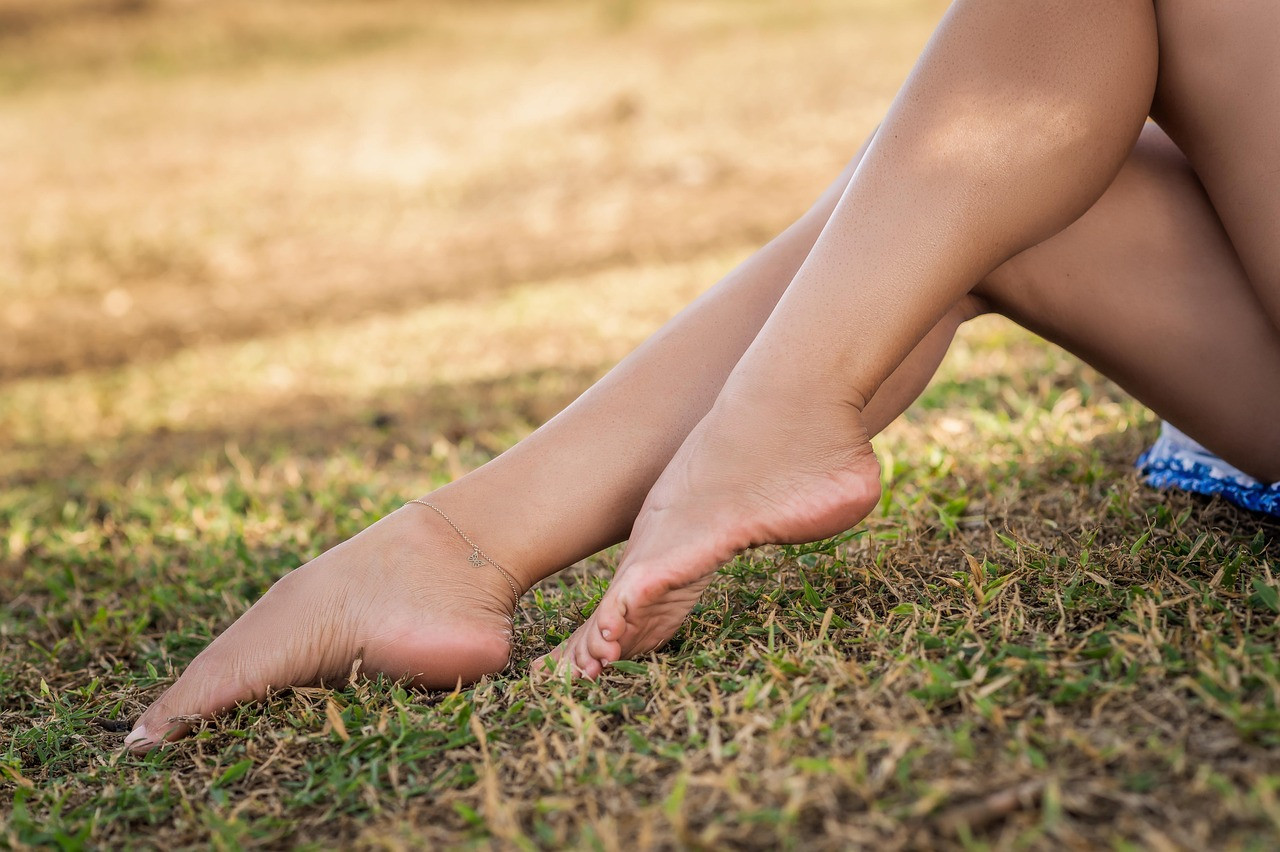

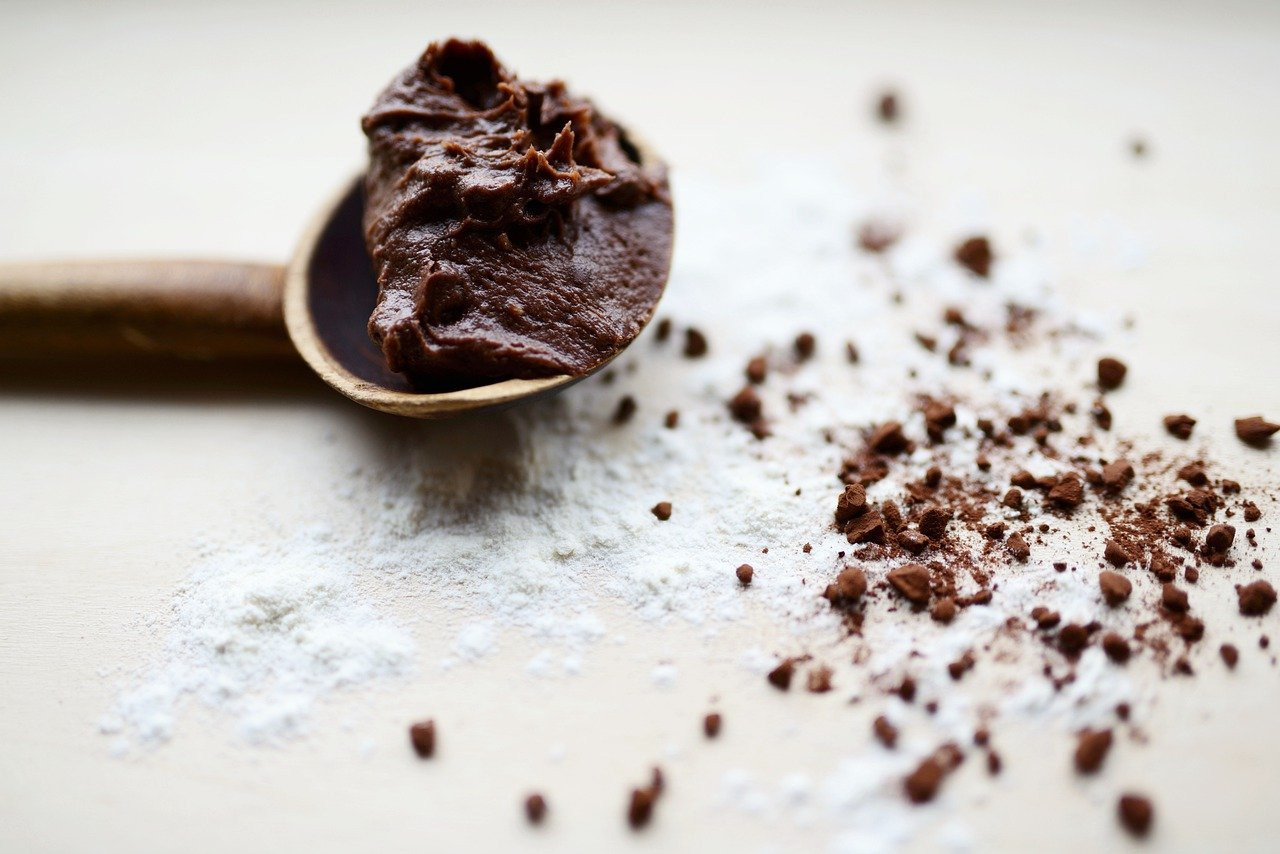
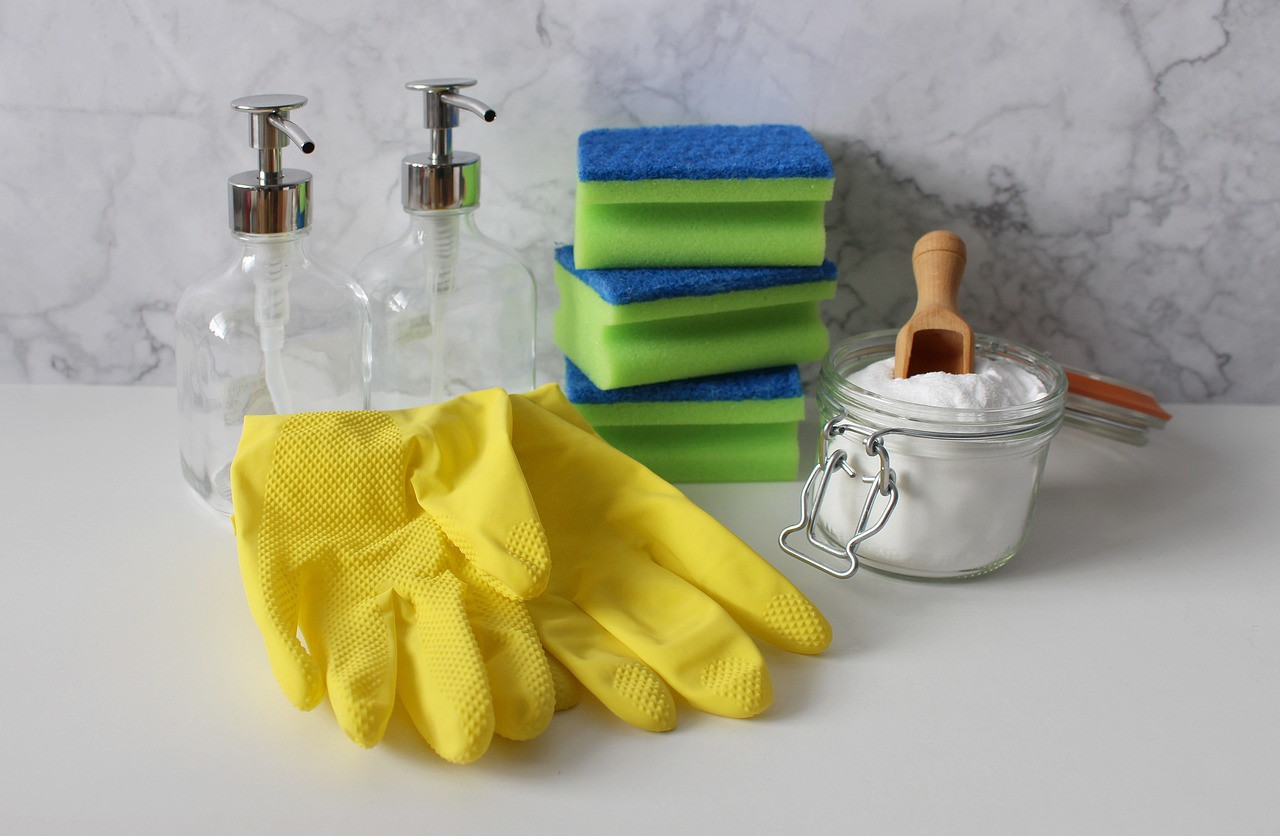

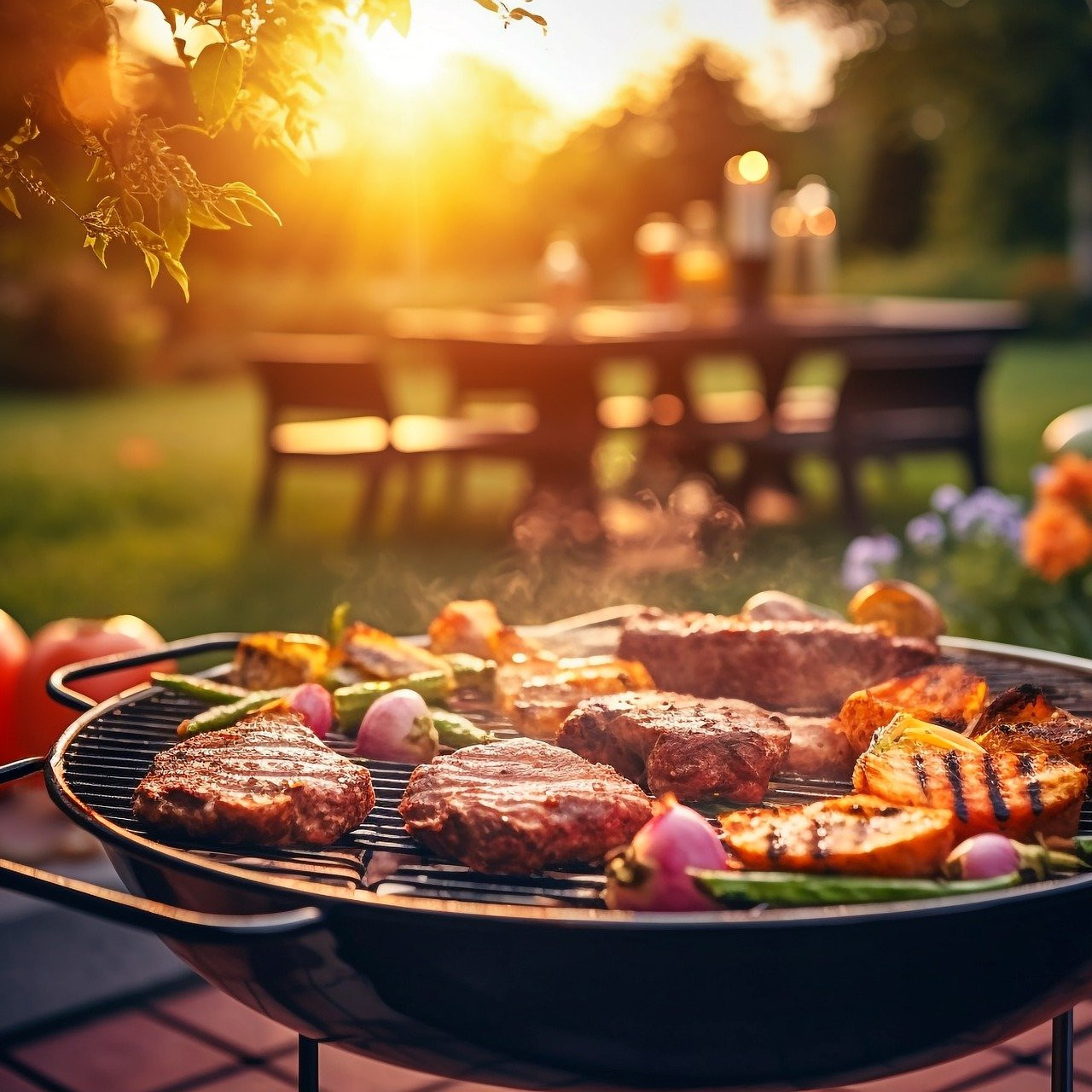

0 Comments